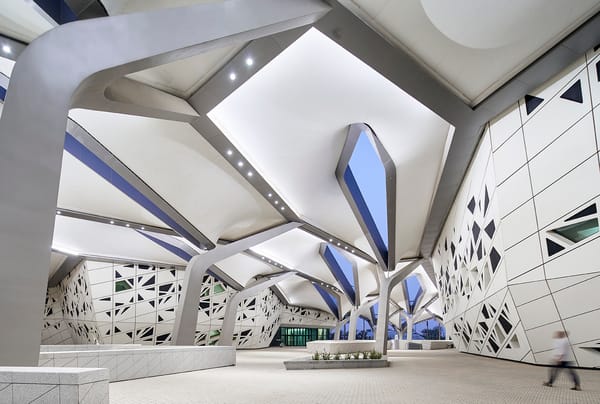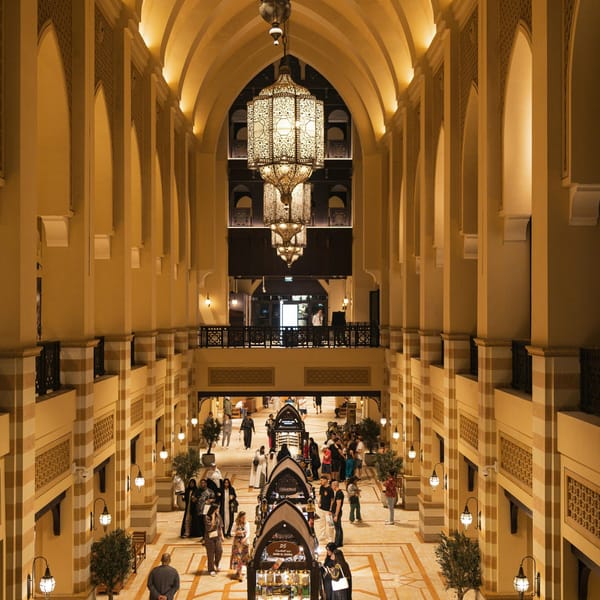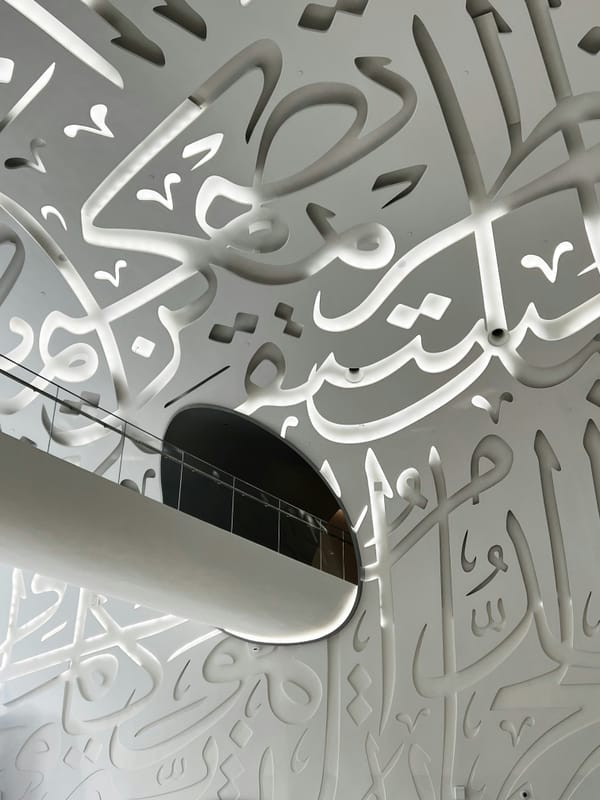In a cultural moment defined by trends measured in clicks and algorithmic reach, influence is often fleeting. Yet beneath the churn of social media, a more enduring form of authority operates in the Middle East: individuals and collectives who define the region’s visual language and, increasingly, export it globally. These are the architects of modern taste.
Unlike influencers amplifying what is already popular, they set frameworks: fusing heritage with innovation, design with commerce. Their projects shift perceptions of luxury, culture, and identity, not through noise but through resonance.
What Defines a Taste Architect?
It begins with discernment.
In Dubai, Art Dubai’s curatorial teams position emerging voices alongside established global names, creating a dialogue that reshapes the contemporary art canon.
In Doha, Sheikha Al Mayassa bint Hamad Al Thani leverages institutional patronage to elevate Arab modernists into international consciousness, ensuring the region’s narratives are embedded in museum collections worldwide.
Taste architects work across disciplines. Nada Debs, the Beirut-based designer, translates Levantine craft into contemporary objects prized from Paris to Tokyo. Her work isn’t trend-driven; it’s anchored in narrative: marquetry, geometry, and cultural memory adapted for modern life.

Similarly, Saudi Arabia’s Misk Art Institute nurtures young artists, shaping aesthetic sensibilities that will ripple far beyond Riyadh.
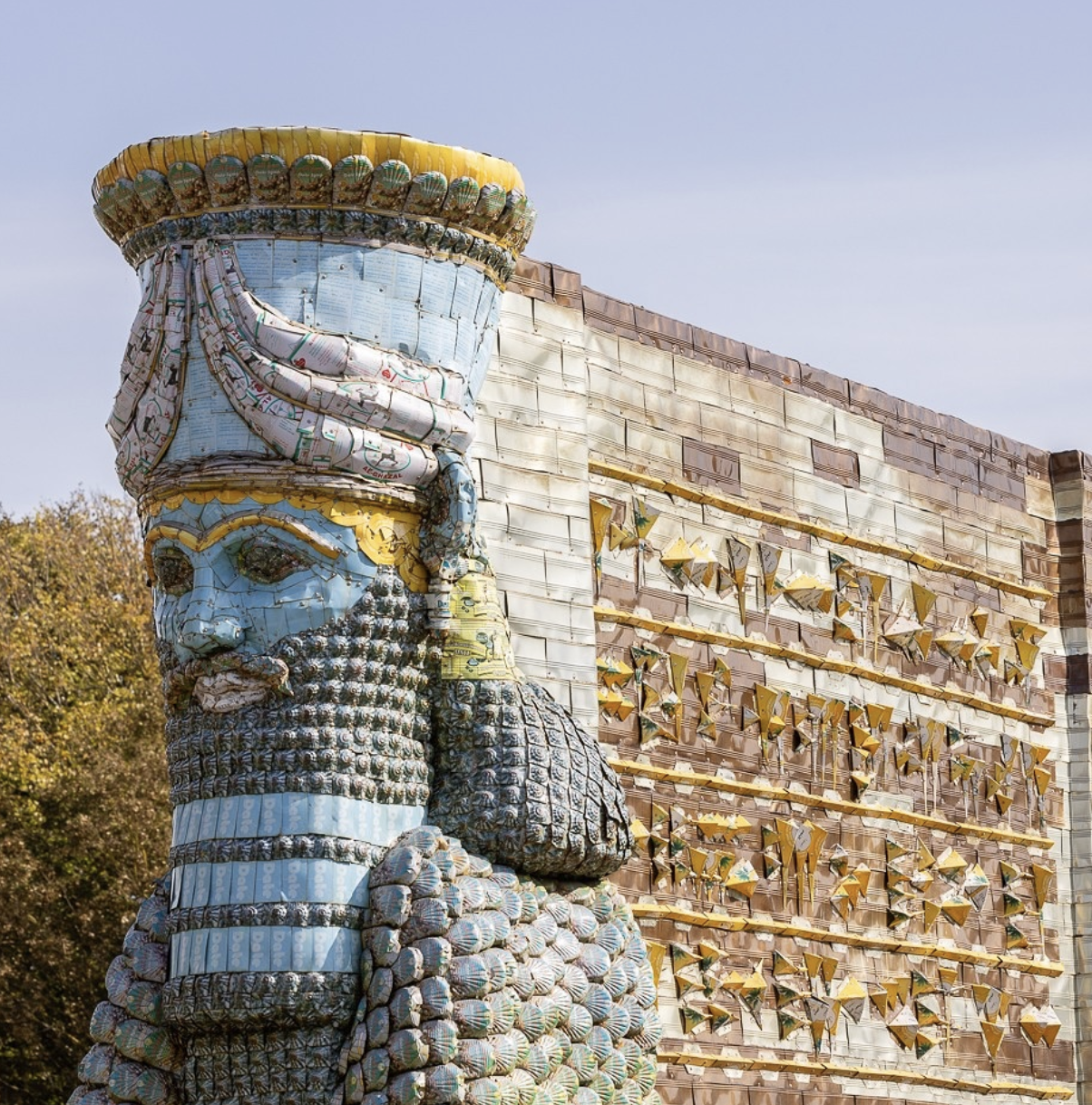
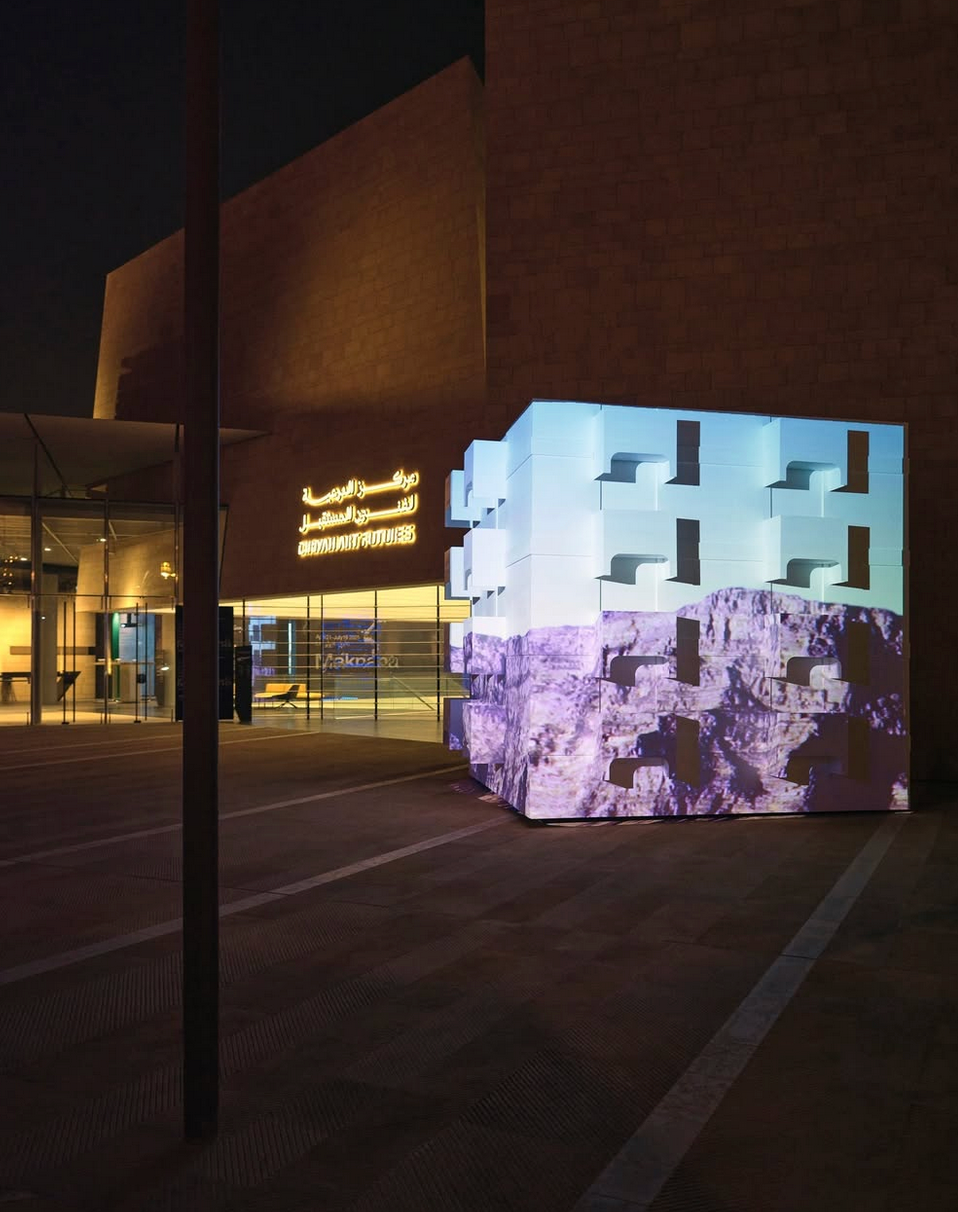
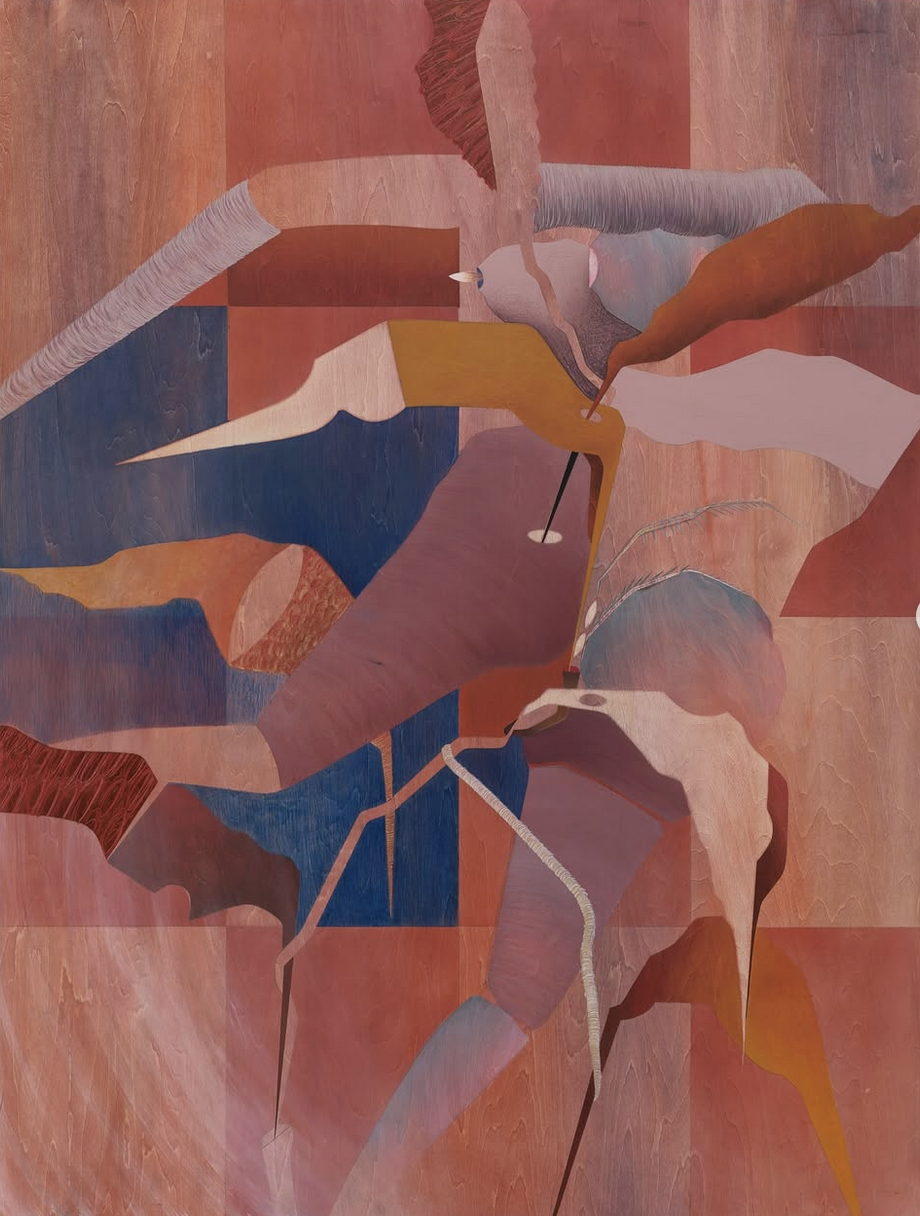
Exhibitions at Green Art Gallery showcase how contemporary Middle Eastern artists reinterpret heritage through bold materials, digital interventions, and abstract forms. Visit: https://www.gagallery.com/
A Language of Influence
Their tools are subtle yet potent. A gallery’s hanging choice, a designer’s palette, or a concept store’s layout. Each decision transmits a cultural message. The Louvre Abu Dhabi’s dome, filtering desert light through mashrabiya-inspired geometry, is not only an architectural spectacle but a manifesto for how tradition can frame modernity.
The Ripple Effect.
These figures influence how global luxury interprets the Middle East. Collaborations between regional jewellers and brands like Cartier, or Emirati architects redefining urban space in Sharjah and Abu Dhabi, demonstrate how local vision recalibrates international taste. Their work sets a higher bar for authenticity, narrative, and cultural fluency: elements now demanded by discerning audiences worldwide.
Cultivating Vision
Not all are destined to lead taste, but the lesson is clear: cultivation matters more than consumption. For Middle Eastern creatives and consumers alike, the challenge is to move beyond surface-level aesthetics and interrogate meaning. What does this form say about our identity? How does this object or space reflect our values?
In a region where heritage and futurism meet daily, the architects of modern taste remind us that aesthetics are never neutral. They are choices that carry history forward, shaping not only what we see but how we live.


